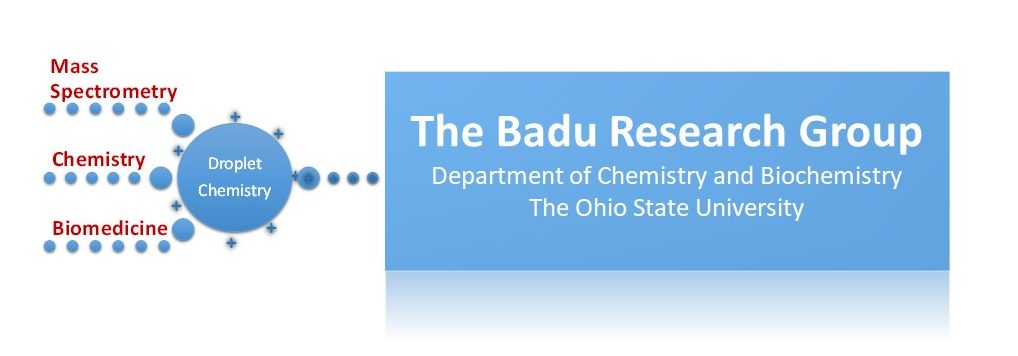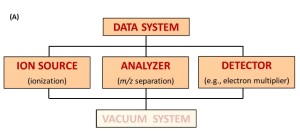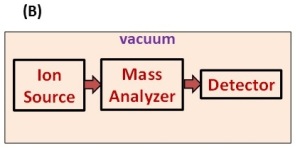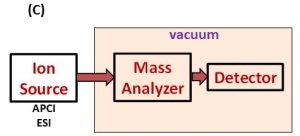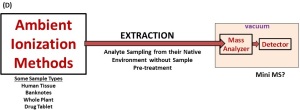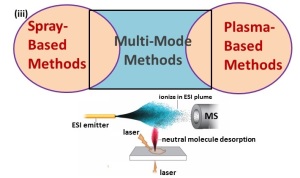Advances in Ionization Techniques used in Mass Spectrometry
Mass spectrometry (MS) uses electric or magnetic fields to control gas-phase ions, and to measure their mass-to-charge (m/z) ratios under vacuum. Every mass spectrometer has three main components (A): ion source, mass analyzer, and detector. The first step in every MS experiment in ionization. Traditionally, this ionization step is performed under vacuum (B) or at reduced pressure, in close proximity to the analyzer (C). These types of ionization techniques require sample preparation.
Ambient Ionization Techniques
Recently, analyte sampling and ionization can be performed under ambient conditions, without sample pre-treatment. In other words, analytes can be sampled from their native environment for MS analysis. Ion sources that can be employed for non-proximate ionization of analytes (gases, liquids or solids) at atmosphereic pressure, and requiring no sample preparation are referred to as ambient ionization techniques (D)
Types of Ambient Ionization Techniques
The ambient ionization methods can be categorized under three main groups: (i) spray-based methods — e.g., desorption electrospray ionization (DESI), (ii) plasma-based methods — e.g., low temperature plasma (LTP) ionization, and (iii) the multi-mode methods — e.g., laser desorption electrospray ionization (LDSI)
The spray-based techniques use electrospray droplets to directly extract the analyte from the sample (/matrix), and transfers it to the mass spectrometer. No solvent is required when plasma (can be AC- or DC-derived) is utilized for the sampling and ionization processes, although heating may be needed to some analytes having low vapor pressure. Analyte ionization can also be achieved by combining laser with electrospray droplets or plasma. In this case, the laser is used for the desorption of analyte from the surface, and the resulting neutral plume is intercepted by electrospray droplets or plasma for ionization of analyte.
